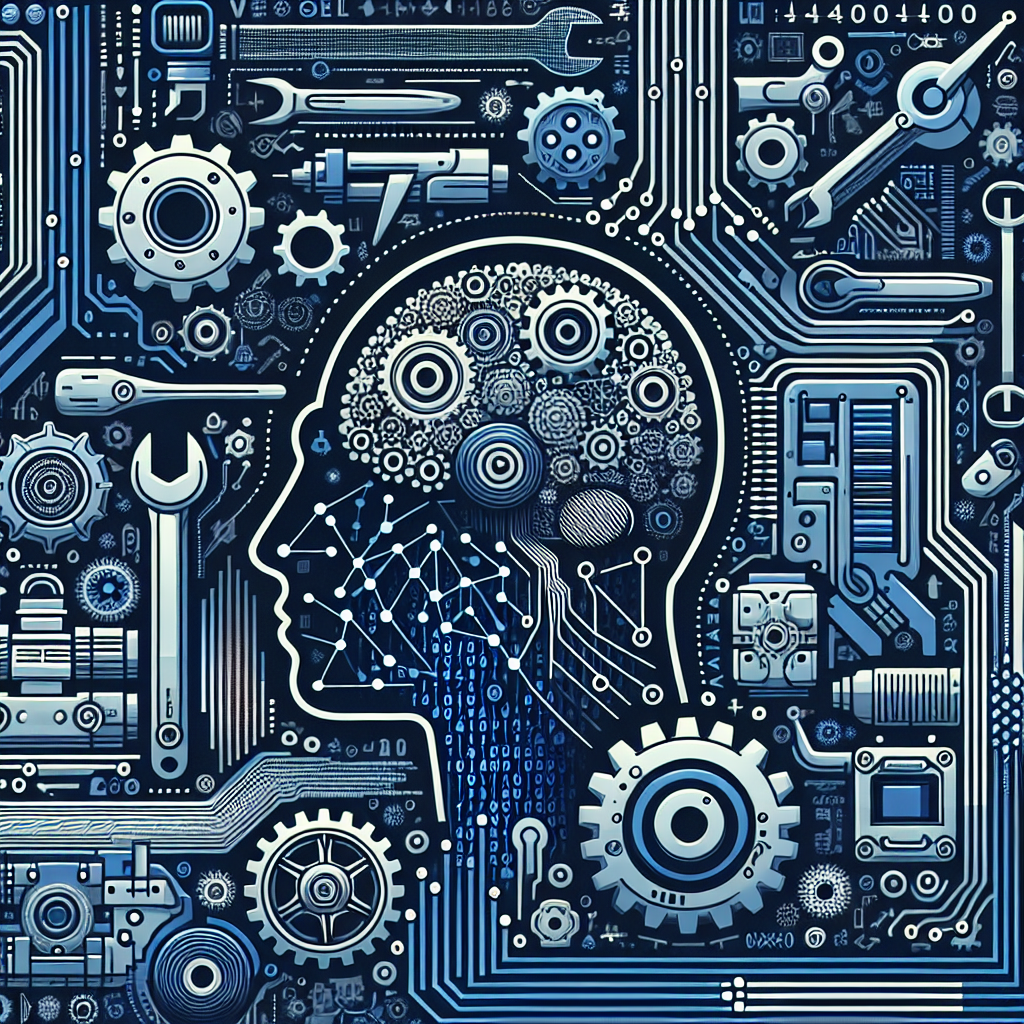Predictive maintenance is a key strategy for industries looking to optimize their operations and reduce downtime. By utilizing AI and machine learning technologies, companies can predict when equipment is likely to fail and proactively address maintenance issues before they occur. This approach can lead to significant cost savings, improved efficiency, and increased productivity.
AI and machine learning play a critical role in predictive maintenance by analyzing data from sensors, equipment, and other sources to identify patterns and trends that can indicate potential problems. These technologies can also learn from past maintenance events and adjust their predictions over time, leading to more accurate and reliable results.
One of the key benefits of using AI and machine learning in predictive maintenance is the ability to move from a reactive to a proactive maintenance approach. Instead of waiting for equipment to fail and then addressing the issue, companies can now anticipate when maintenance is needed and take action before any problems occur. This can help prevent costly downtime, extend the lifespan of equipment, and improve overall operational efficiency.
There are several ways in which AI and machine learning are being used in predictive maintenance. One common approach is to use predictive analytics to analyze historical data and identify patterns that can indicate when equipment is likely to fail. By monitoring factors such as temperature, pressure, vibration, and other variables, companies can build models that predict when maintenance is needed.
Another approach is to use machine learning algorithms to analyze real-time data from sensors and equipment to detect anomalies or deviations from normal operating conditions. By comparing current data to historical patterns, these algorithms can identify potential issues before they escalate into major problems.
AI and machine learning can also be used to optimize maintenance schedules and prioritize maintenance tasks based on factors such as equipment criticality, cost of repair, and availability of spare parts. By taking a data-driven approach to maintenance planning, companies can ensure that resources are allocated efficiently and effectively.
In addition to improving maintenance operations, AI and machine learning can also help companies reduce costs by minimizing unnecessary maintenance activities. By accurately predicting when maintenance is needed, companies can avoid over-maintaining equipment and reduce the risk of performing maintenance tasks that are not necessary. This can lead to significant cost savings and increased operational efficiency.
Despite the many benefits of using AI and machine learning in predictive maintenance, there are also some challenges to consider. One of the main challenges is the need for high-quality data to train machine learning models. Companies must ensure that they have access to accurate and reliable data from sensors and equipment in order to build effective predictive maintenance models.
Another challenge is the complexity of implementing AI and machine learning technologies in existing maintenance processes. Companies may need to invest in new infrastructure, training, and expertise to effectively integrate these technologies into their operations. Additionally, there may be resistance from employees who are accustomed to traditional maintenance approaches and are hesitant to embrace new technologies.
Despite these challenges, the potential benefits of using AI and machine learning in predictive maintenance are significant. By leveraging these technologies, companies can improve operational efficiency, reduce downtime, and optimize maintenance processes. As the technology continues to evolve, we can expect to see even more advanced predictive maintenance solutions that further enhance the performance of industrial equipment and machinery.
FAQs:
Q: How does AI and machine learning improve predictive maintenance?
A: AI and machine learning technologies analyze data from sensors and equipment to identify patterns that can indicate potential maintenance issues. By predicting when maintenance is needed, companies can proactively address problems before they occur, leading to improved efficiency and reduced downtime.
Q: What are some common applications of AI and machine learning in predictive maintenance?
A: Some common applications include using predictive analytics to analyze historical data, using machine learning algorithms to detect anomalies in real-time data, and optimizing maintenance schedules based on factors such as equipment criticality and cost of repair.
Q: What are the benefits of using AI and machine learning in predictive maintenance?
A: The benefits include moving from a reactive to a proactive maintenance approach, reducing downtime, extending equipment lifespan, improving operational efficiency, and minimizing unnecessary maintenance activities.
Q: What are some challenges of implementing AI and machine learning in predictive maintenance?
A: Challenges include the need for high-quality data to train machine learning models, the complexity of integrating new technologies into existing processes, and potential resistance from employees to adopting new approaches.
Q: How can companies overcome these challenges to successfully implement AI and machine learning in predictive maintenance?
A: Companies can overcome these challenges by investing in high-quality data collection and analysis, providing training and support for employees, and working with experienced partners to implement AI and machine learning technologies effectively.

